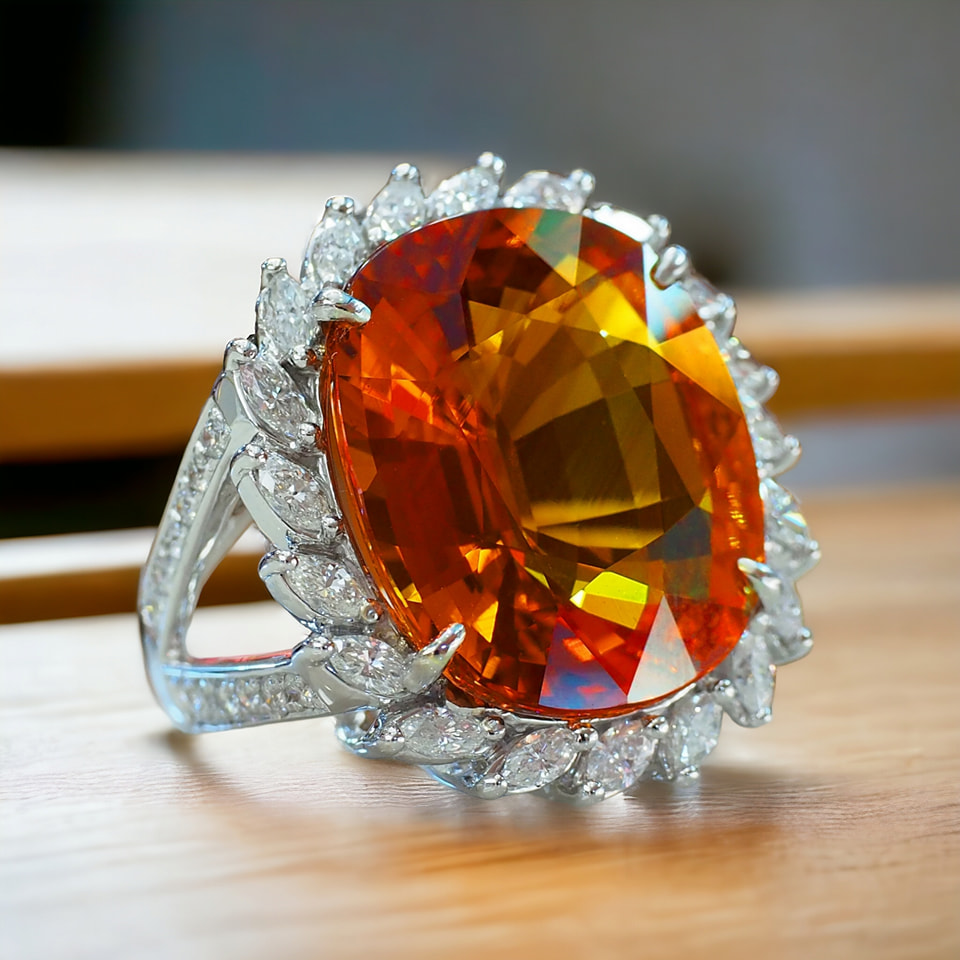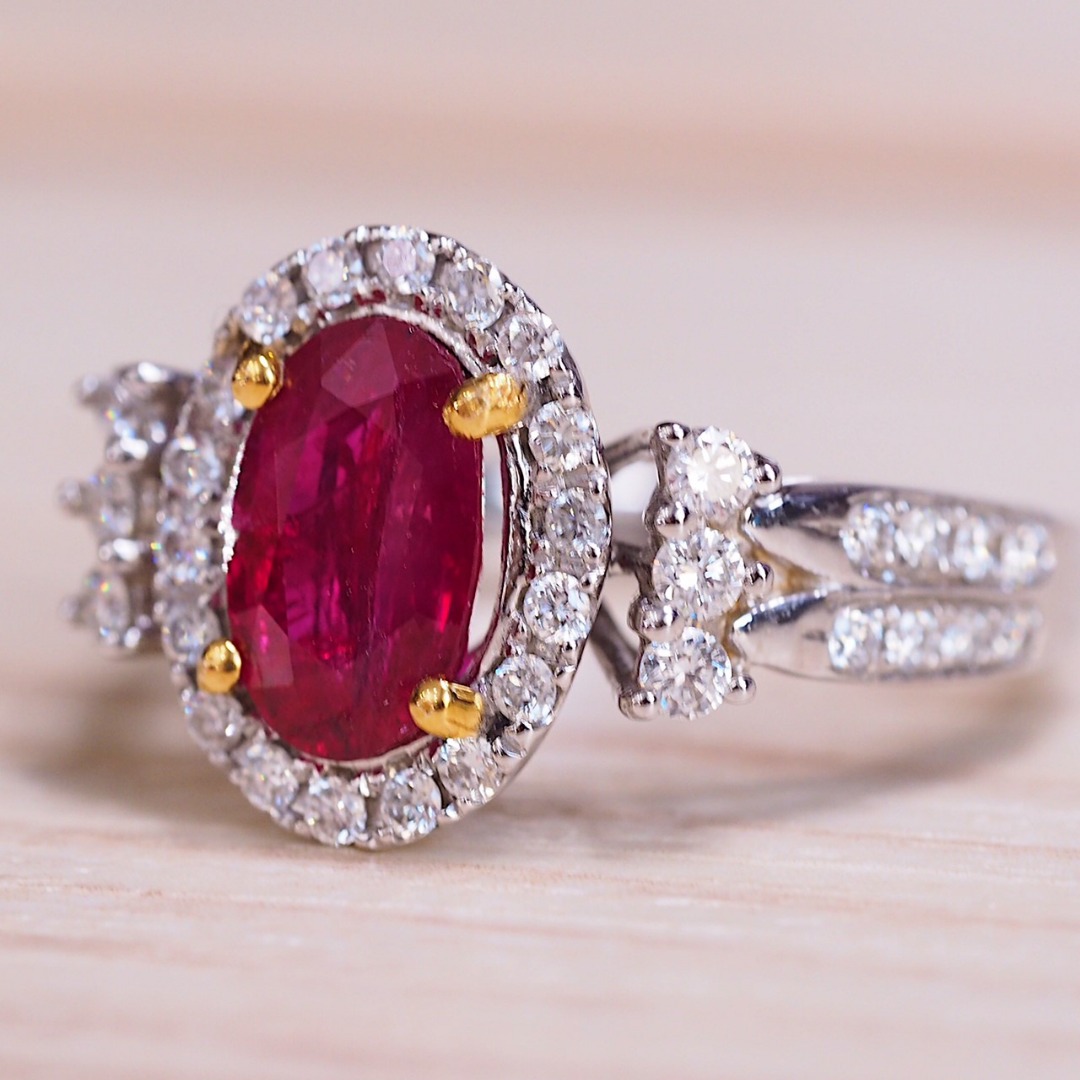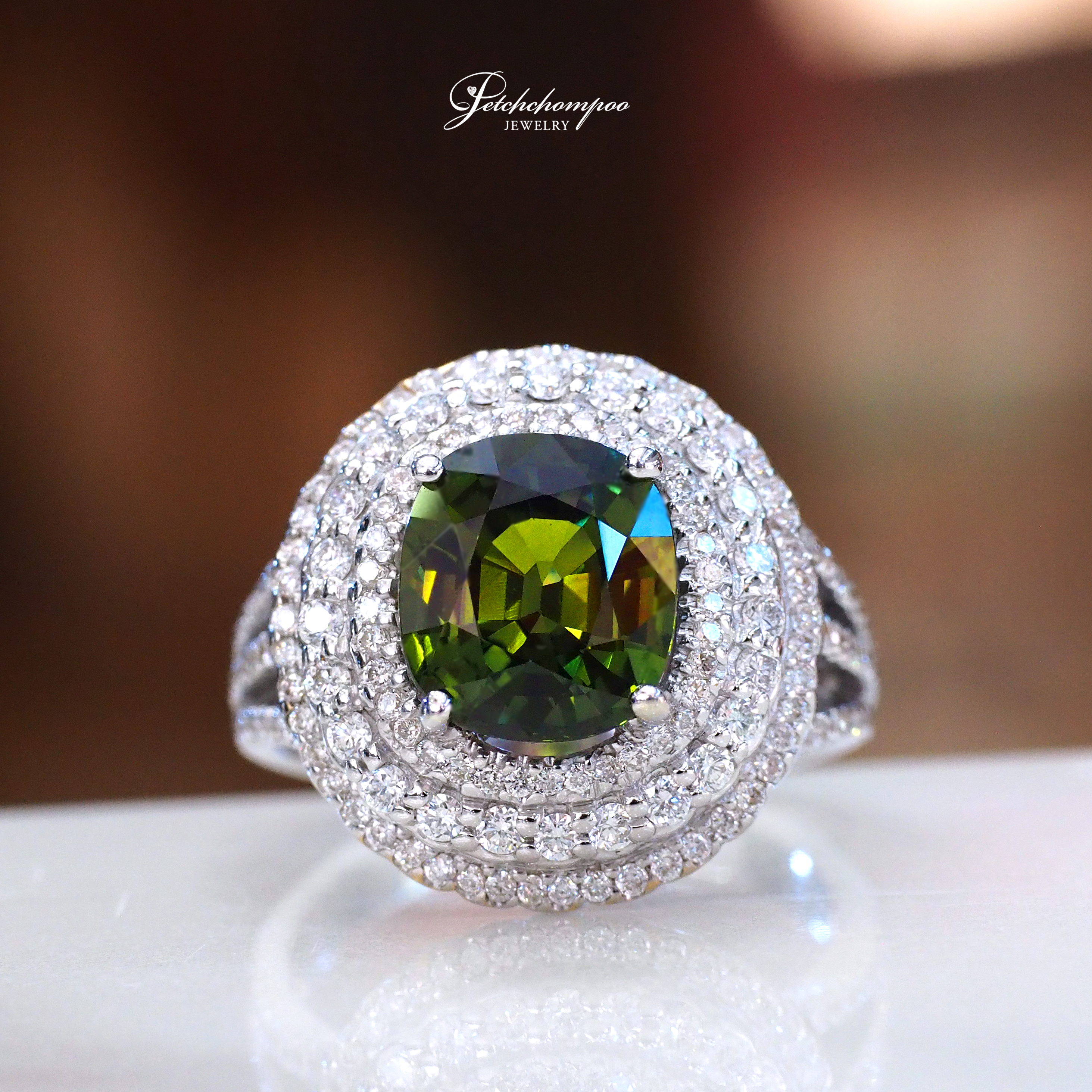Hard Gemstones vs. Soft Gemstones: Do They Differ? Let's Learn About Gemstone Hardness
When it comes to gemstones, one of the basic things we need to know is their hardness. Friedrich Mohs was a geologist who organized the hardness of various objects into a scale. He used certain minerals as representatives to create a hardness scale starting from 1 (the softest) up to 10 (the hardest). Hardness refers to resistance to scratching and is not related to brittleness. This means that even the hardest object can still shatter if dropped. However, hardness is related to toughness. The toughest gemstone is jade.

Mineral Classification by Mohs Scale
Minerals with a Hardness of 1–3
- No. 1: Talc is the softest mineral and can be scratched into a powder. It's commonly used in various industries.
- No. 2: Gypsum is a mineral harder than talc, which can also be scratched with a fingernail. This mineral is used in industries to make cement, plaster, and fertilizer.
- No. 3: Calcite belongs to the carbonate family. It fizzes when it comes into contact with hydrochloric acid, is easily damaged, and i

Minerals with a Hardness of 4–6
- No. 4: Fluorite, despite being at level 4 in hardness, is easily scratched, brittle, and fragile.
- No. 5: Apatite is commonly found in many types of rocks and comes in various colors, such as green, brown, pink, yellow, purple, and colorless.
- No. 6: Orthoclase is a gemstone in the feldspar group. It includes many familiar gemstones, such as moonstone, a white gemstone with a beautiful bluish shimmer that makes it charming and captivating when it moves.
Minerals with a Hardness of 7–10
- No. 7: Quartz is a common mineral, so its price is not very high, but it is very hard and cannot be scratched with a utility knife blade. There are two types of quartz: macrocrystalline and microcrystalline.
- No. 8: Topaz is a gemstone that comes in many colors, such as yellow, green, pink, orange, and clear. Reddish-orange topaz is the most expensive.
- No. 9: Corundum is divided into two types: ordinary corundum, which does not have gemstone properties and is used in the abrasive industry, and gem-quality corundum, which includes rubies (red) and sapphires (including blue, yellow, and green).
- No. 10: Diamond, meaning it is the hardest gemstone on the Mohs scale and the hardest substance in the world. It is

Hard Gemstones vs. Soft Gemstones: Do They Differ?
There are hundreds of types of gemstones, so they are divided into two categories: soft and hard. Hard gemstones are minerals with a hardness of 9, which is corundum. Hard gemstones are expensive; the finer the quality and fewer the flaws, the more expensive they are. They are popular for making various types of jewelry. Soft gemstones are not the same mineral type, such as those at level 8, which includes spinel in addition to topaz.
This is all basic knowledge about gemstone hardness and answers the question of how soft and hard gemstones differ. I hope you now have the answer. There are many other interesting things to learn about gemstones, and anyone entering the jewelry industry should study them to your own benefit.